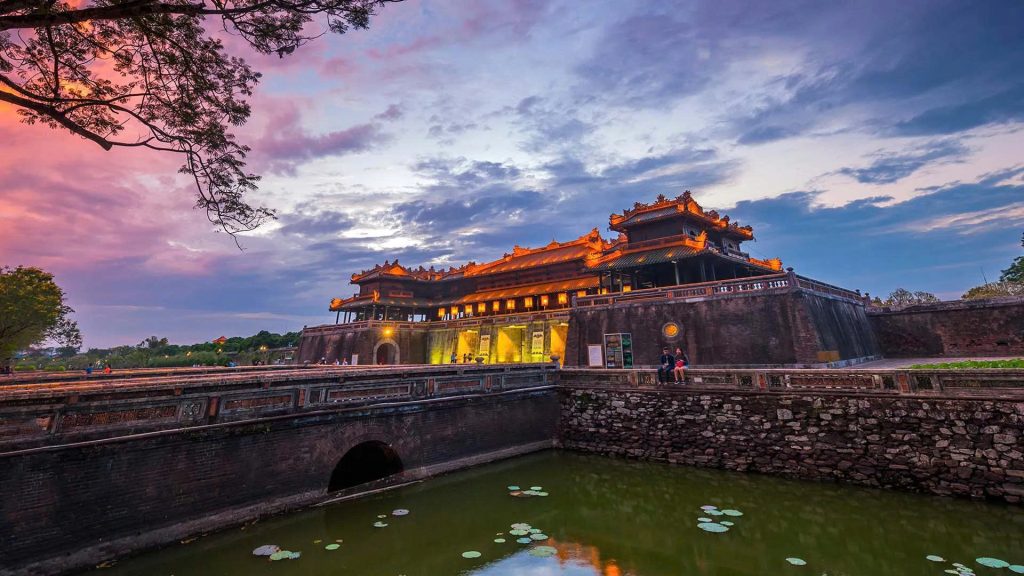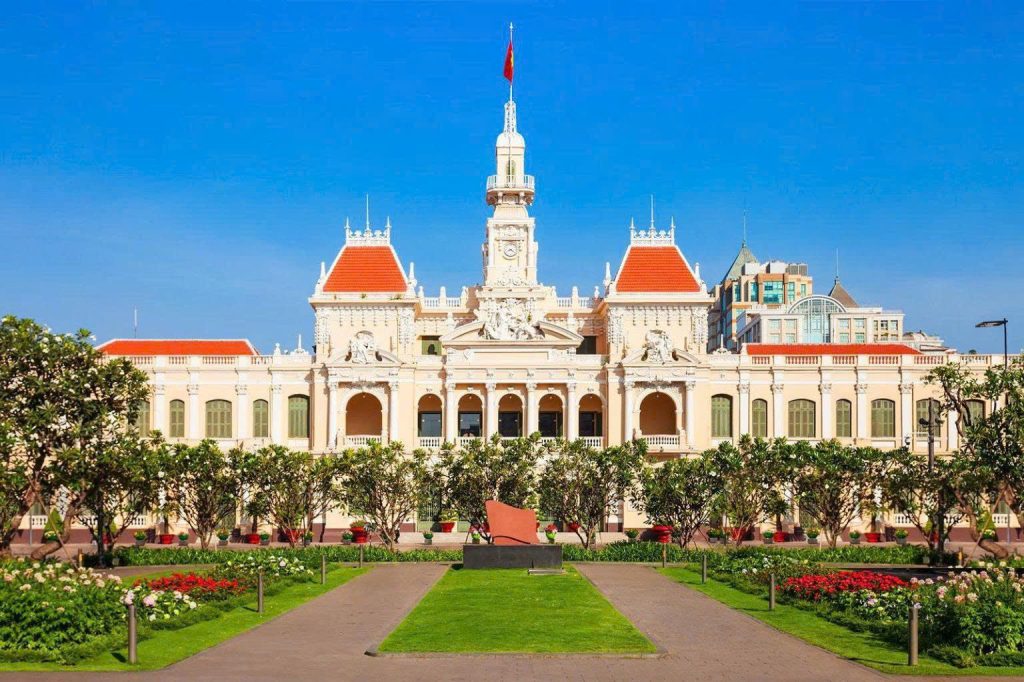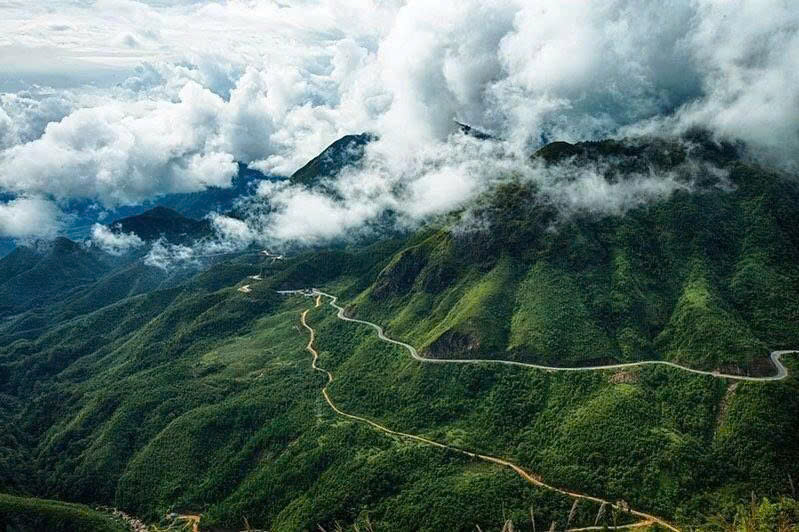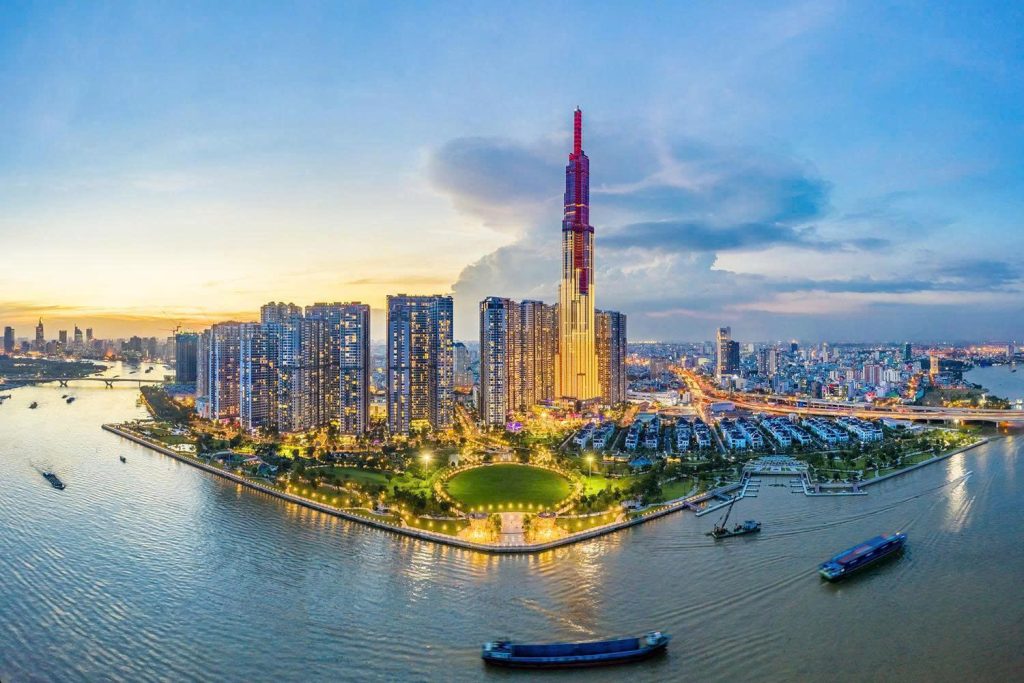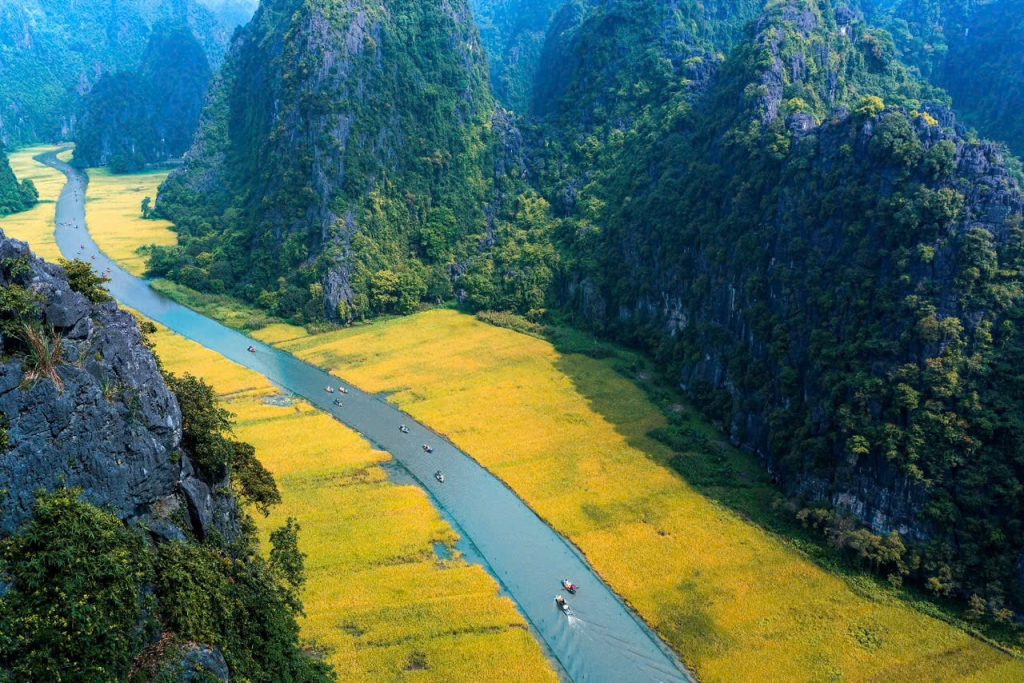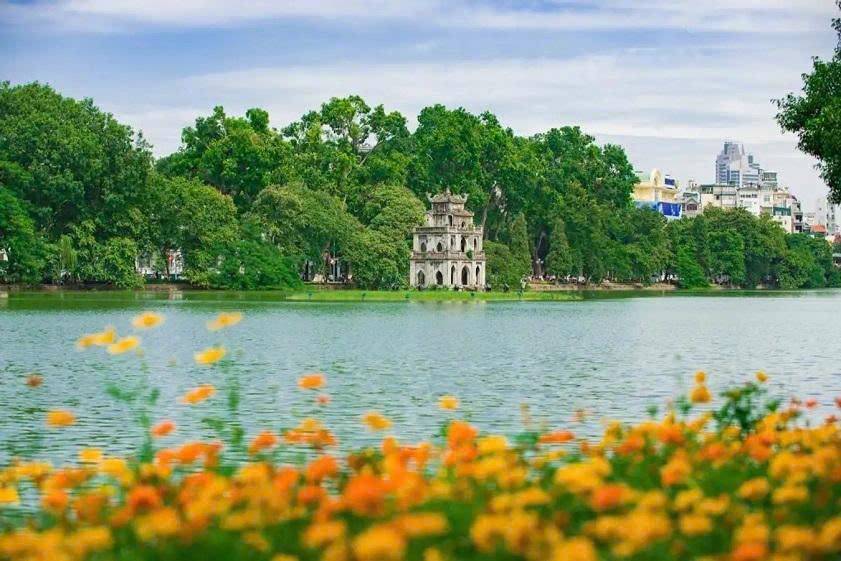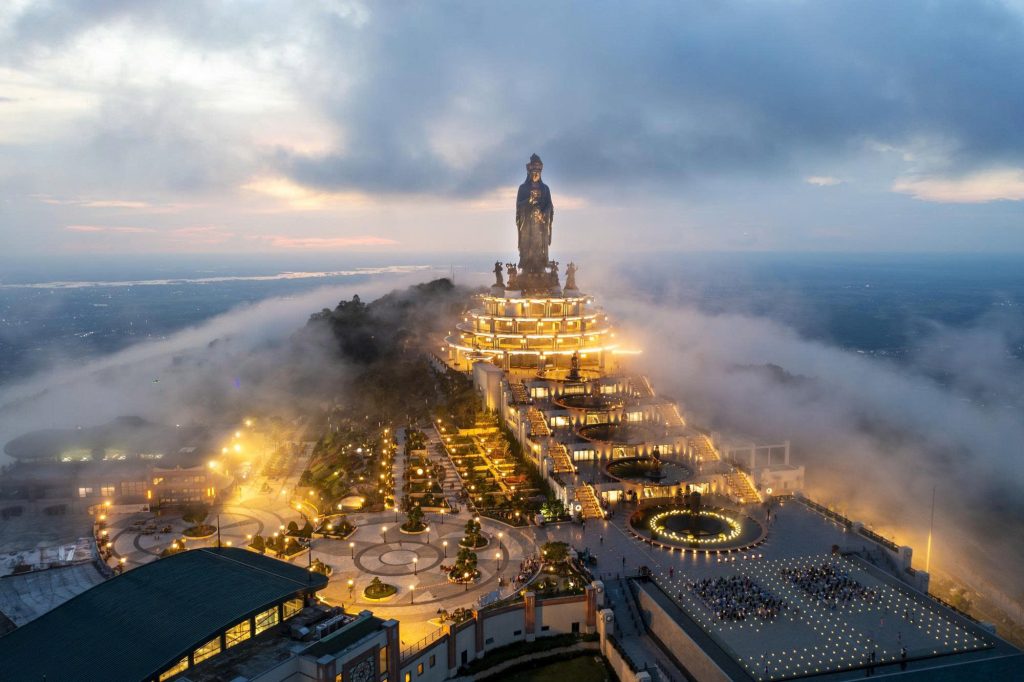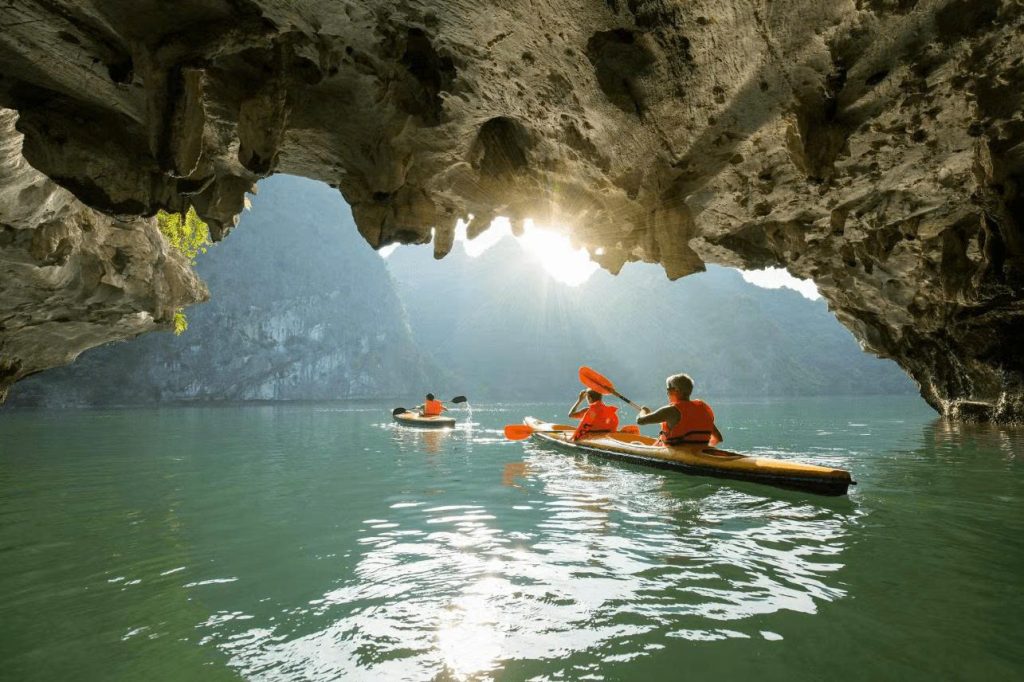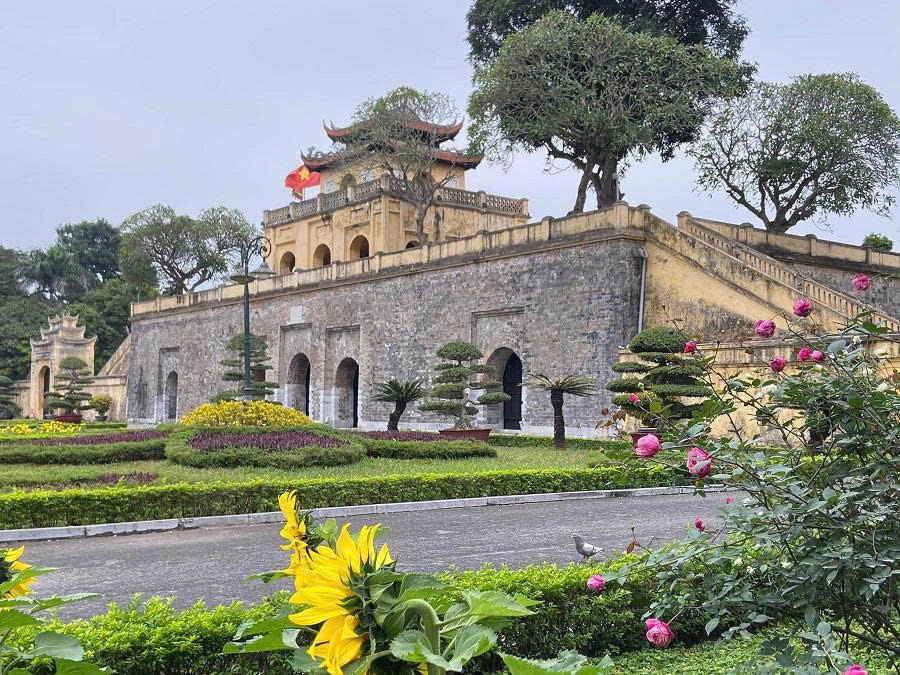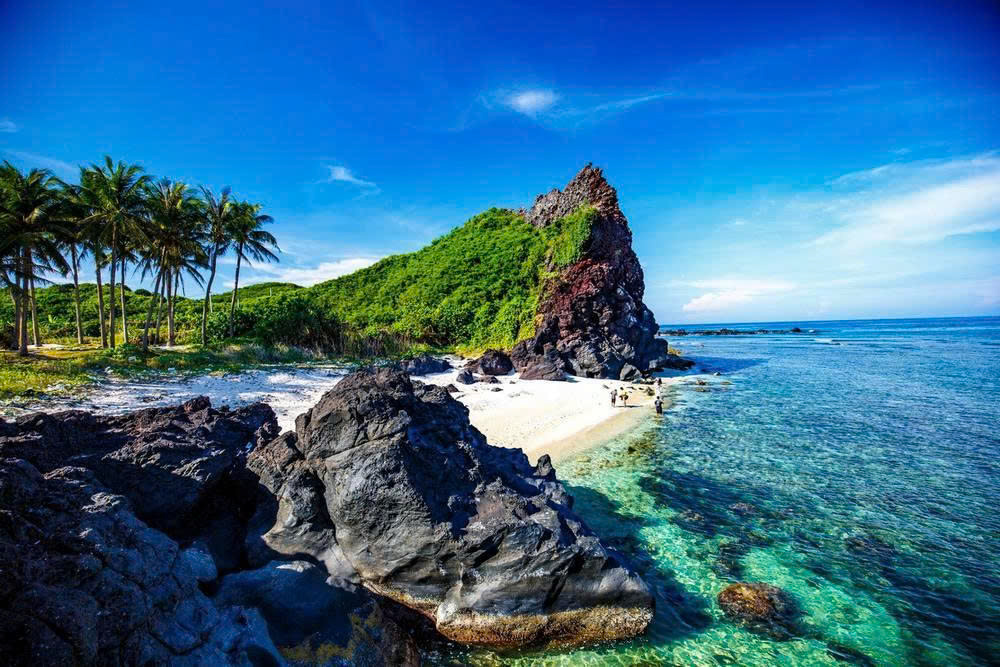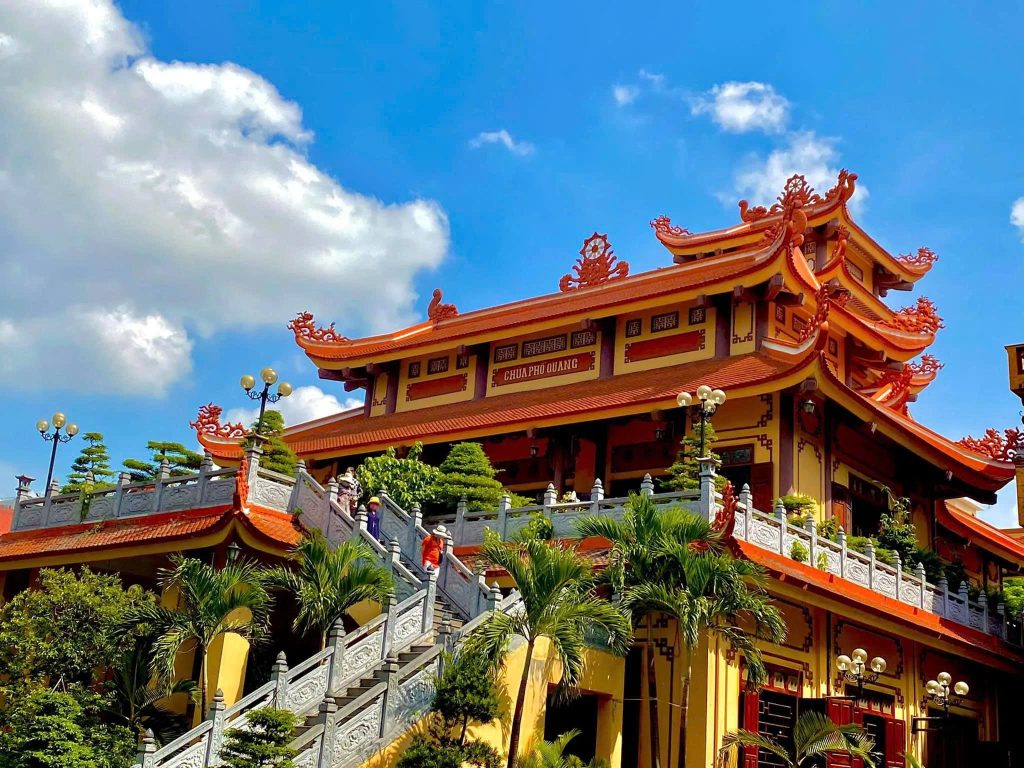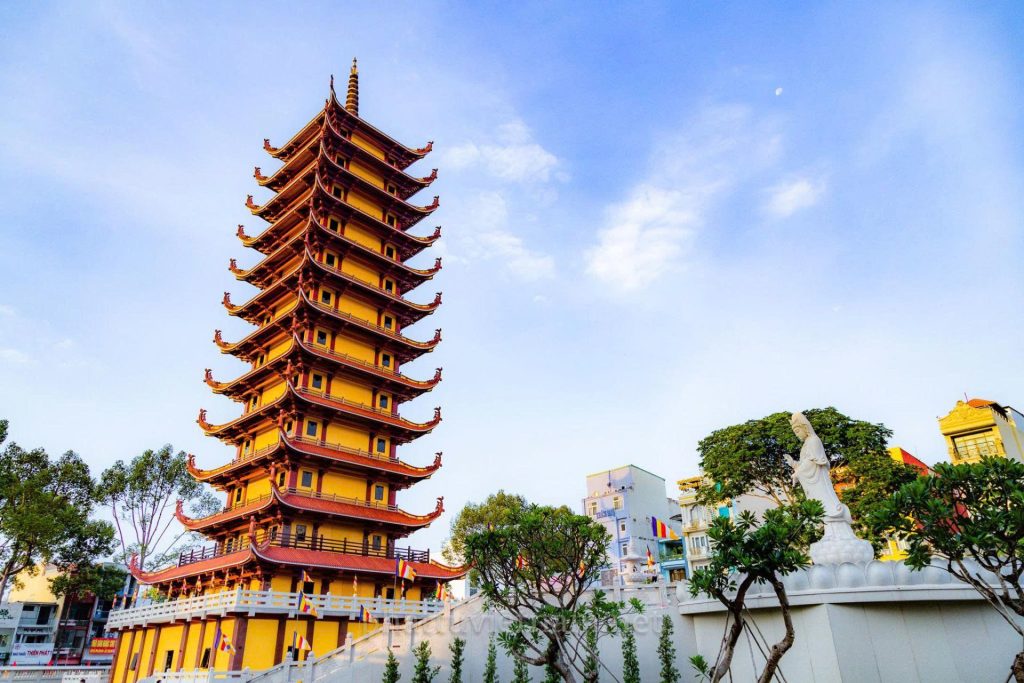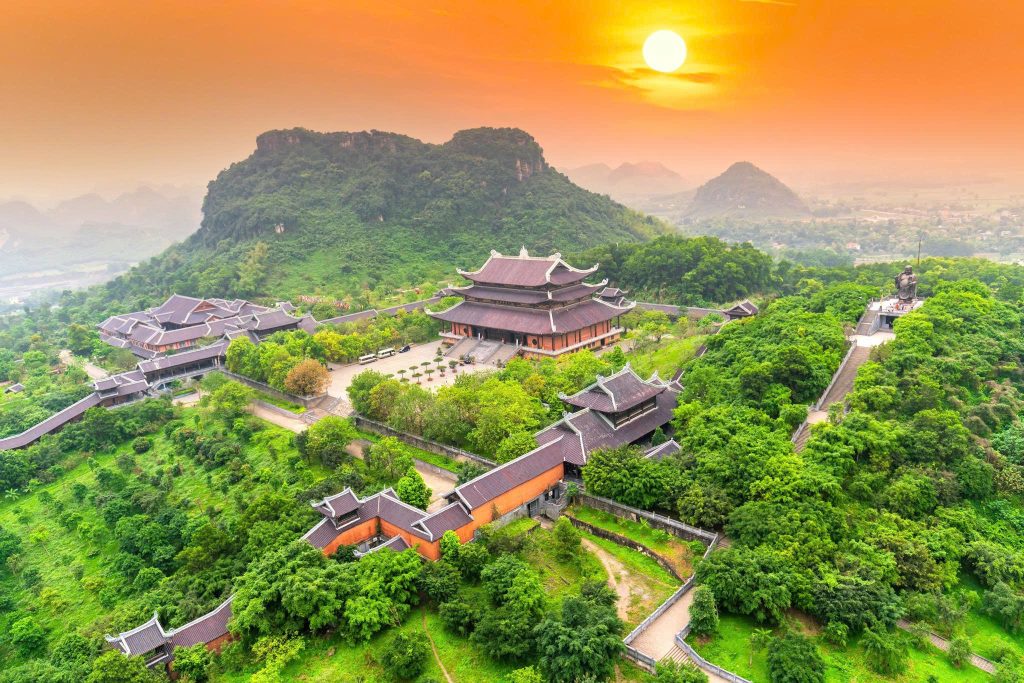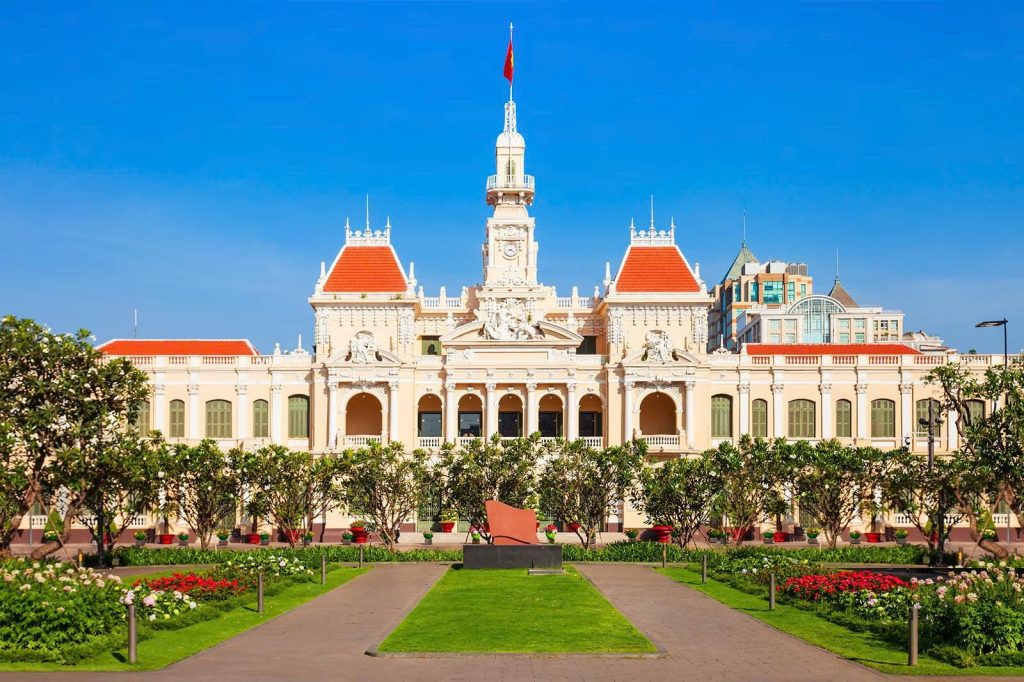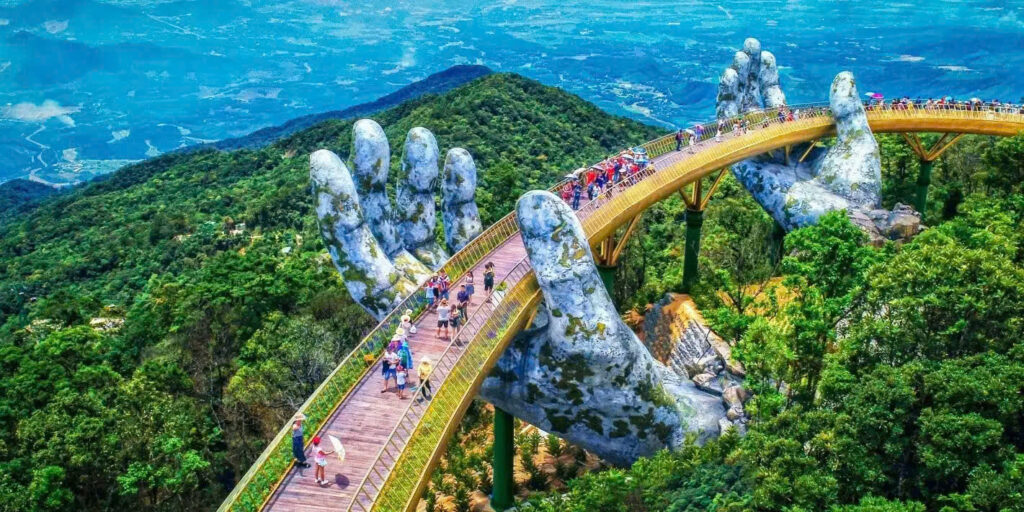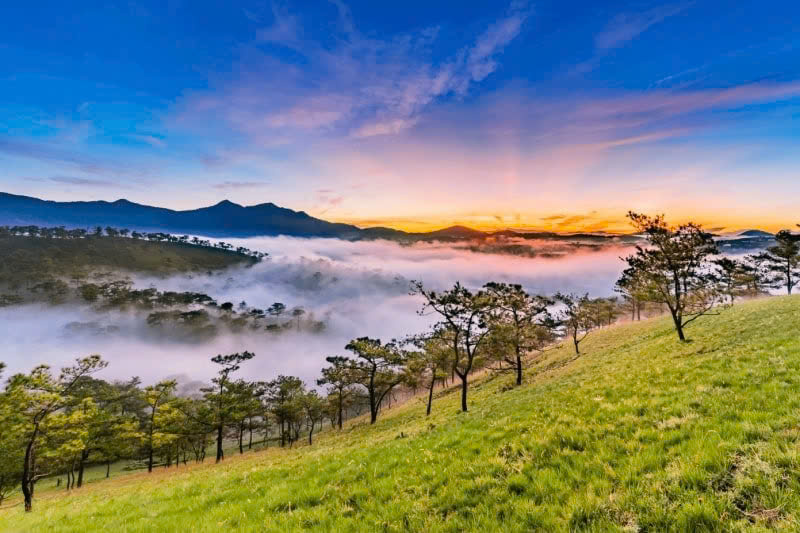Hue, the former imperial capital of Vietnam, is a city where history, culture, and nature converge in a beautiful and poetic landscape. Unlike the bustling energy of Hanoi or the modern vibe of Ho Chi Minh City, Hue offers a tranquil elegance that invites you to slow down and immerse yourself in its rich past.
To truly experience Hue, you need to go beyond the guidebook and delve into its royal heritage, savory cuisine, and serene natural beauty. This article covers the top things to do, ensuring you get the most out of your visit to this UNESCO-listed gem.
Exploring Royal Heritage: Palaces and Tombs
Hue’s identity is inextricably linked to its past as the seat of the Nguyen Dynasty. Exploring its magnificent imperial structures is a non-negotiable part of any visit.
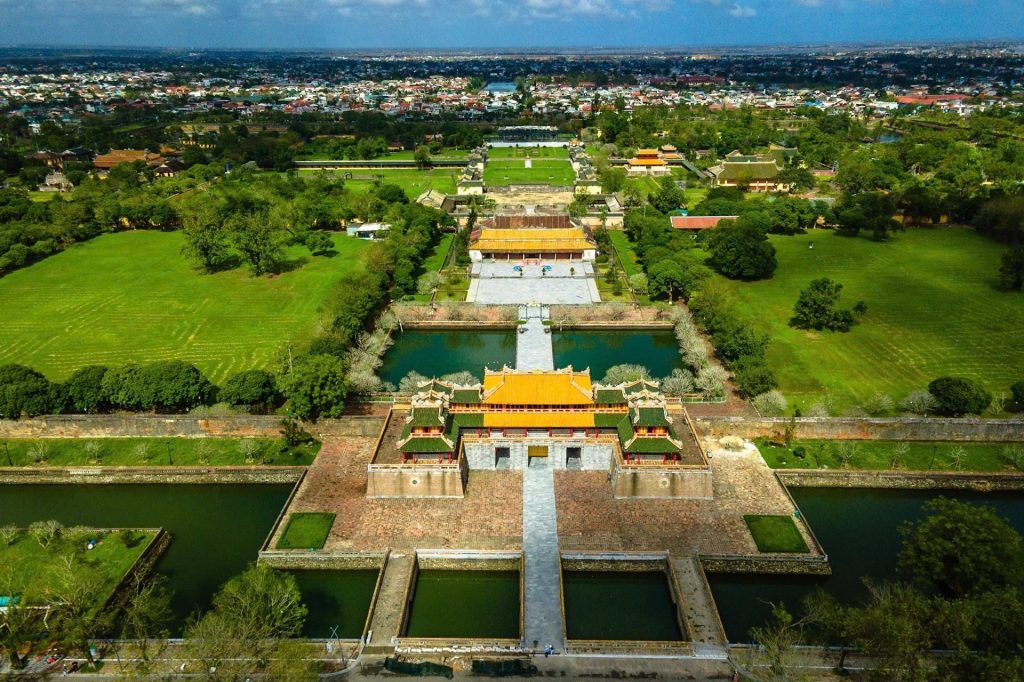
- The Hue Imperial City (The Citadel): A walled fortress and palace complex, the Hue Citadel (Đại Nội) is the heart of the city. Spend half a day wandering through its sprawling grounds, which include the impressive Ngo Mon Gate and the majestic Thai Hoa Palace. Though heavily damaged during the 1968 Tet Offensive, a major restoration effort is underway, bringing its former glory back to life. Don’t miss the Forbidden Purple City (Tử Cấm Thành), the emperor’s private residence, which offers a glimpse into royal life.
- The Royal Tombs of the Nguyen Emperors: Scattered along the Perfume River are the elaborate tombs of the Nguyen emperors, each a unique architectural masterpiece. While there are several to choose from, three are considered must-sees:
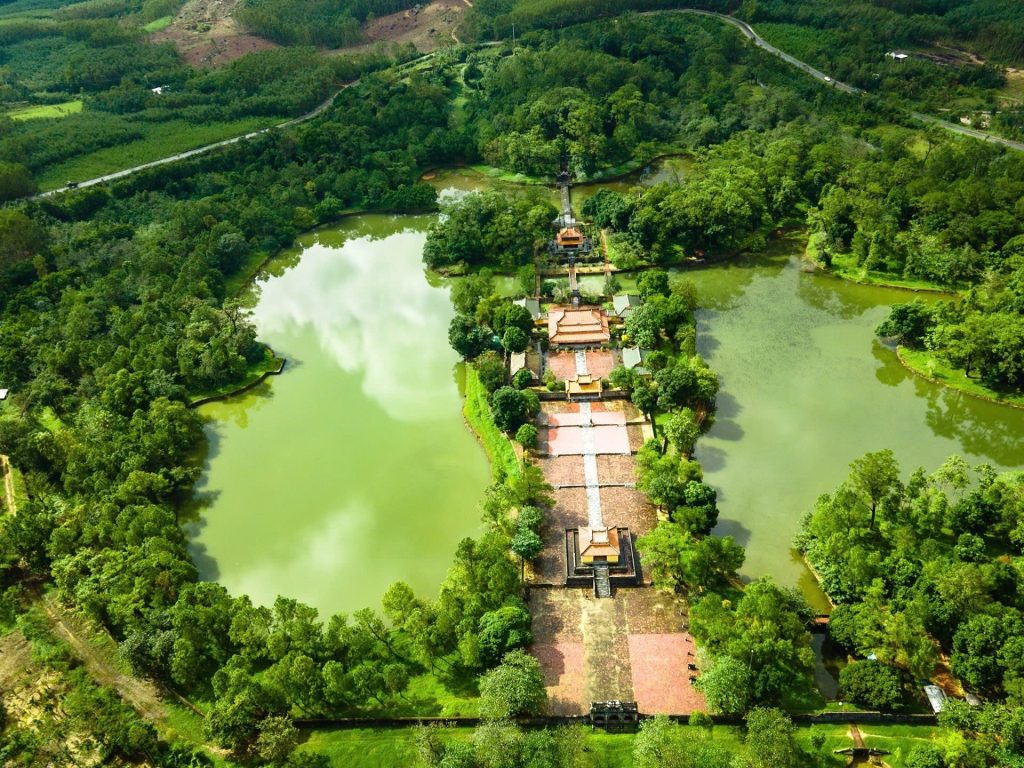
-
- Tomb of Emperor Minh Mang: Known for its classical Chinese-inspired architecture and symmetrical design. It’s a peaceful complex of lakes, courtyards, and ornate pavilions.
- Tomb of Emperor Tu Duc: Reflecting the emperor’s melancholic and poetic nature, this tomb is a beautiful, sprawling park with lakes and pavilions built for contemplation.
- Tomb of Emperor Khai Dinh: A striking contrast to the others, this tomb is a fusion of Vietnamese, French, and Chinese styles, famous for its intricate mosaics and opulent interior.
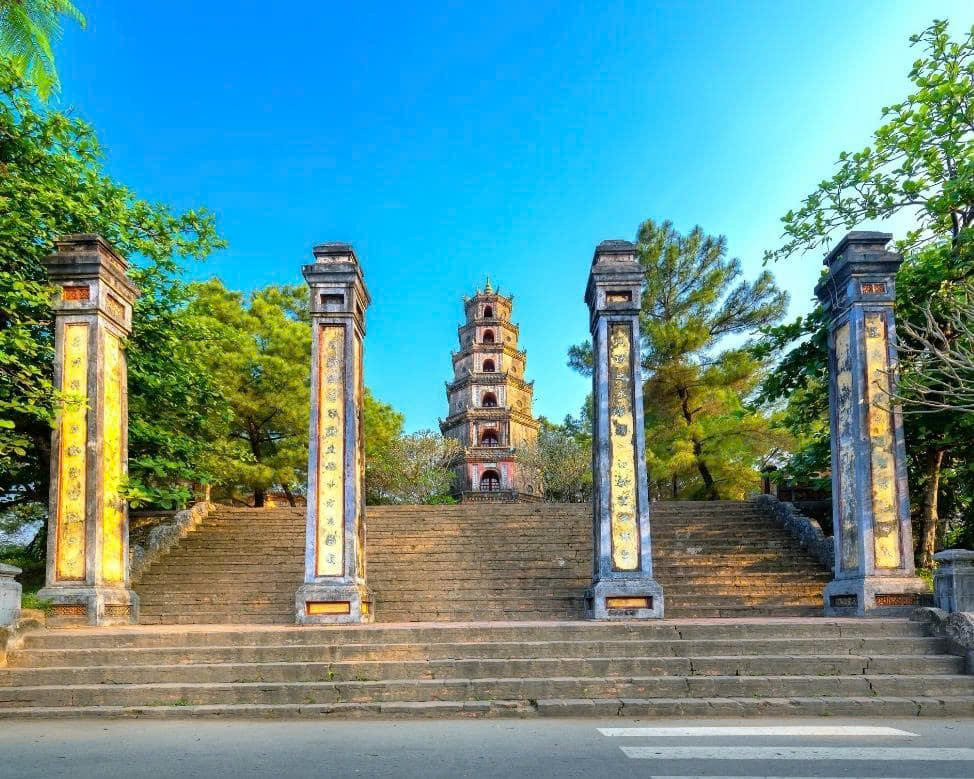
- Thien Mu Pagoda: An iconic seven-story pagoda, Thien Mu Pagoda is a symbol of Hue. Located on a hill overlooking the Perfume River, its name means “Pagoda of the Celestial Lady. The panoramic view from the top is breathtaking, particularly as the sun sets. The pagoda also houses a relic from the past—the car that Thich Quang Duc, a Buddhist monk, drove to Saigon to self-immolate in protest of the South Vietnamese government.
Cultural Experiences and Local Charm
Beyond its royal history, Hue offers a rich cultural scene that you can experience firsthand.
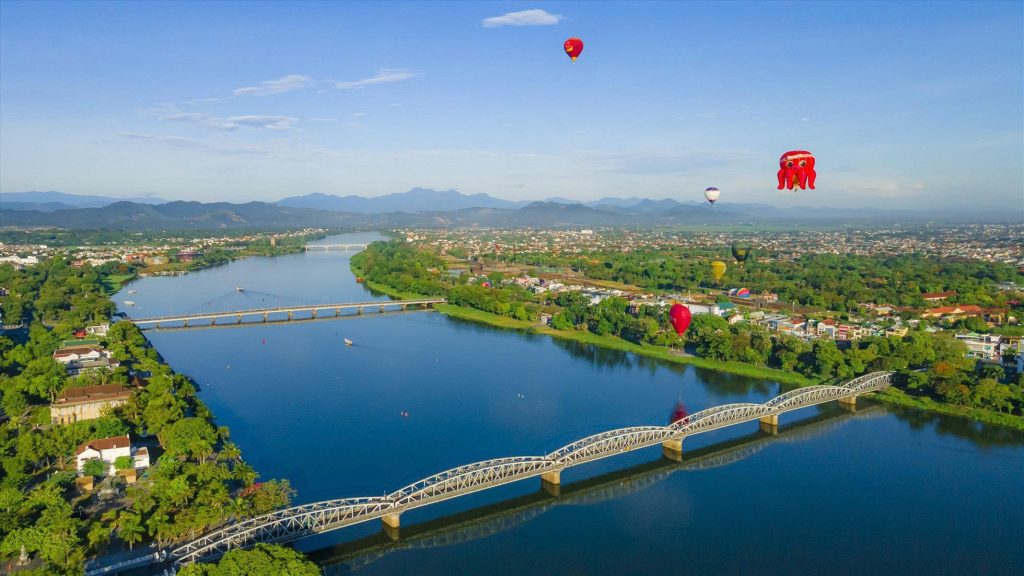
- Take a Dragon Boat Cruise on the Perfume River: A boat trip on the Perfume River (Sông Hương) is a quintessential Hue experience. Take a leisurely cruise, especially during sunset, to see the city from a different perspective. Many tours include a visit to the Thien Mu Pagoda and often end with a performance of Hue folk songs (Ca Huế), a form of traditional Vietnamese court music.
- Cross the Trang Tien Bridge: An elegant, six-arched bridge spanning the Perfume River, the Trang Tien Bridge is a central landmark in Hue. It looks particularly stunning at night when it’s lit up in a rainbow of colors. Walking across it offers great views of the city and the river.
- Get Lost in Dong Ba Market: For a taste of local life, visit Dong Ba Market (Chợ Đông Ba). This sprawling market overwhelms your senses with its sights, sounds, and smells. You’ll find everything from fresh produce and local handicrafts to souvenirs and delicious street food. It’s the perfect place to try some local snacks and practice your bargaining skills.
A Foodie’s Paradise: Tasting Hue Cuisine
Hue is often hailed as Vietnam’s culinary capital. Its cuisine is famous for its delicate flavors, artful presentation, and a wide variety of dishes, many of which were once served to the emperors.

- Bún Bò Huế: This is the city’s most famous dish and a must-try. Bún Bò Huế is a spicy and savory beef noodle soup. Unlike its Hanoi counterpart, Pho, this soup has a complex broth made from beef bones, lemongrass, and shrimp paste, served with tender beef slices and pork knuckles.
- Bánh Bèo, Bánh Nậm, and Bánh Lọc: These are three types of steamed rice cakes, often served together. Bánh Bèo are small, savory rice cakes topped with dried shrimp. Bánh Nậm are flat rice flour cakes wrapped in banana leaves. Bánh Lọc are translucent tapioca dumplings with shrimp and pork, also steamed in banana leaves. They are a delightful and essential part of the Hue culinary experience.
- Cơm Hến: A unique local specialty, Cơm Hến (Clam Rice) is a simple but incredibly flavorful dish. It consists of rice mixed with stir-fried baby clams, fresh herbs, crispy pork rinds, and roasted peanuts, all topped with a hot clam broth.
Practical Tips for Your Trip
- Best Time to Visit: The best time to visit Hue is during the dry season, from March to August. From October to February, the weather can be cool and rainy.
- Getting Around: Hue is a very walkable city, especially in the central area. For longer distances, consider a cyclo (a traditional rickshaw) for a charming, slow-paced tour, or use a motorbike taxi for a faster, more flexible option.
- Where to Stay: Stay near the Perfume River for easy access to the main attractions and a wide selection of hotels and restaurants.
RELATED: Boutique Hotels in Hue: Discover Hue’s Charm
Hue stands as a genuine treasure. The harmonious convergence of its rich cultural heritage, historical significance, and captivating natural beauty creates an unforgettable experience. Each Hue attraction, from the Imperial Citadel and the imperial tombs to the serene beaches, offers visitors unique and profound experiences. A trip to Hue helps you understand more about the country’s glorious past and provides wonderful moments of relaxation amidst the magnificent natural scenery.

